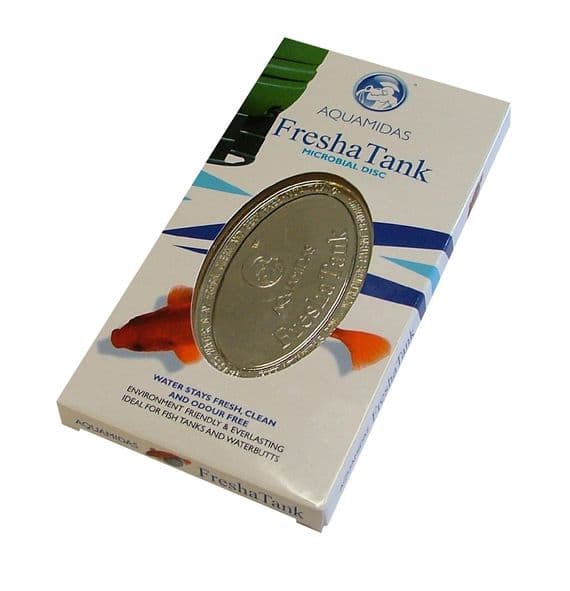Algae growth in water butts
Algae growth in water butts is a common issue caused by the presence of sunlight, nutrients, and stagnant water. These microorganisms thrive in the nutrient-rich environment provided by rainwater, especially when organic matter, such as leaves or debris, is present. Algae can clog water butt taps and create unpleasant odors, potentially making the water unsuitable for garden use.
To reduce this, it’s advisable to position the water butt in a shaded area, use a lid to reduce light penetration, and regularly clean the container to remove any accumulated organic material. Adding a layer of gravel or utilising a commercial algaecide can also help in preventing algae proliferation.

Water Butt Water Freshener
water purifiers keep water butts and fish tanks clean and fresh by destroying fungal, viral, bacterial micro-organisms and parasites.
Reducing algae in your water butt
- Keep it Covered: Ensure the water butt has a tight-fitting lid to prevent sunlight from entering, as light promotes algae growth.
- Clean Regularly: Clean the water butt to remove any algae buildup and organic debris that can fuel algae growth.
- Install a Filter: Use a mesh or filter at the inlet to prevent debris and algae spores from entering the water butt.
- Position in Shade: Place the water butt in a shaded area to reduce the amount of sunlight it receives, thereby limiting algae growth.
- Use Copper Coins or Pipe: Copper has algicidal properties. Adding a few copper coins or a small piece of copper pipe can help reduce algae growth.
- Aerate the Water: Algae thrive in stagnant water. Adding a small pump to keep the water moving can help reduce algae growth.

